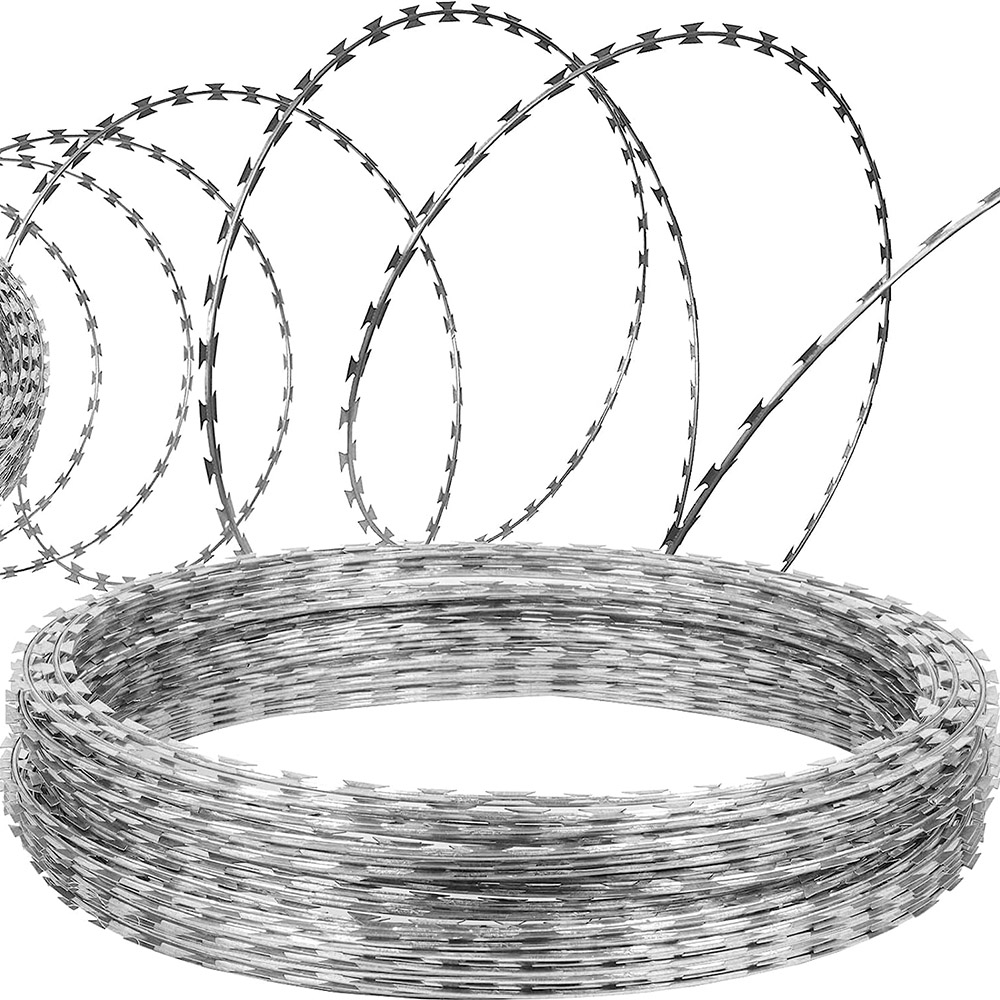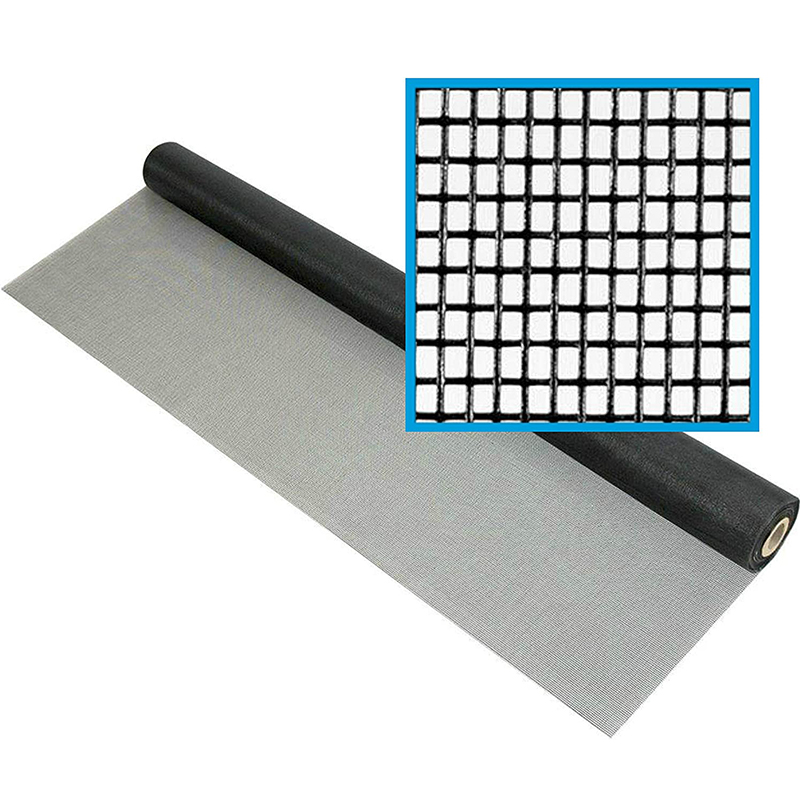Ciudad Juarez, Mexico, Jul 30 (EFE).- US National Guard troops on Friday reinforced the barricades of razor wire and metal mesh fencing along the Ciudad Juarez-El Paso border despite a demand by the US federal government to remove the barrier that migrants call “inhumane” and environmentalists say constitutes a risk to the ecosystem.
“It’s terrible to see those barbs, it’s something psychological that leaves a person traumatized,” Erika Macias, from Ecuador, told EFE holding her six-month-old baby in her arms just minutes after she approached the barrier but withdrew out of the fear that her child would be injured by the wire fence’s razor-sharp blades. Rabbit Netting

“I really do see that fence as something inhumane. People from various countries have been struggling (to get here) and have been experiencing many traumas,” Venezuelan Eduardo Diaz said as he watched a group of about 15 migrants manage to get across the fence, despite the risk of injury.
In clear defiance of the US federal government, which on Monday filed suit against Texas Gov. Greg Abbott for erecting a barrier of buoys and other infrastructure in the Rio Grande – known in Mexico as the Rio Bravo – to prevent migrants from swimming across into his state.
About a dozen US National Guard troops last week reinforced the razor wire barricade underneath the Reforma International Bridge, increasing its height to more than 2 meters (6.5 feet).
On Monday, the US Department of Justice sought an injunction to prevent Texas from erecting additional barriers on the river and also asked a court to order the Lone Star State’s government to remove existing barriers.
Although the lawsuit was filed as a result of the buoys, the state has also installed metal mesh structures and razor-wire fences to prevent migrants from entering US territory and requesting asylum.
The Justice Department says that Abbott is violating the 1899 Rivers and Harbors Act because federal law prohibits the placement of unauthorized barriers or obstructions in the Rio Grande and other US navigable waters.
US law prohibits the creation of any obstruction to navigation and also bans the placement of any structure in US waters without the proper authorization, US Ambassador to Mexico Ken Salazar said recently.
After making the arduous two-month trek from Ecuador, Erika said that upon getting to the US border she faced a frustrating and heartbreaking reality, similar to being in a war zone.
“With a little baby, it’s hard to get over (the barrier). It’s very dangerous for the baby, it’s more because of him. You can handle it but the child can’t. I really cried, seeing so much sacrifice. Just think about the baby, I don’t want to see him bleed,” she said, with a lump in her throat.
For Eduardo, climbing over the dangerous obstacle is not an option. “I don’t view these barricades in a good way. They cause psychological trauma in anyone who is weak. There are some (migrants) who’ve died in the jungle, (and) those who make it here see that barrier and they fall apart,” he added.
Environmentalist Daniel Delgadillo Diaz, with the El Chamizal Defense Front, agreed with some elements of the lawsuit filed by the federal government against Texas claiming that the barricades pose a great risk.

Razor Barbed Wire He said that there are surely animals that have been trapped and injured along the razor wire barrier that stretches from the western border between Chihuahua and Texas to the Juarez Valley.